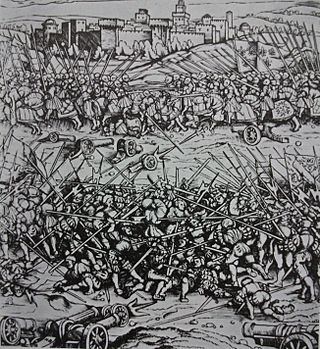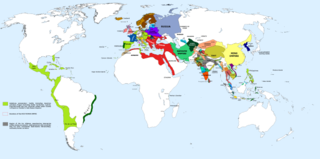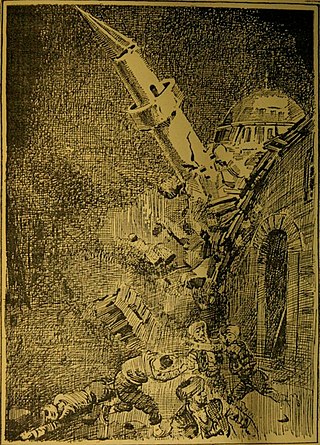| Millennium: | 2nd millennium |
|---|---|
| Centuries: | |
| Decades: | |
| Years: |

| 1505 by topic |
|---|
| Arts and science |
| Leaders |
| Birth and death categories |
| Births – Deaths |
| Establishments and disestablishments categories |
| Establishments – Disestablishments |
| Works category |
| Gregorian calendar | 1505 MDV |
| Ab urbe condita | 2258 |
| Armenian calendar | 954 ԹՎ ՋԾԴ |
| Assyrian calendar | 6255 |
| Balinese saka calendar | 1426–1427 |
| Bengali calendar | 912 |
| Berber calendar | 2455 |
| English Regnal year | 20 Hen. 7 – 21 Hen. 7 |
| Buddhist calendar | 2049 |
| Burmese calendar | 867 |
| Byzantine calendar | 7013–7014 |
| Chinese calendar | 甲子年 (Wood Rat) 4202 or 3995 — to — 乙丑年 (Wood Ox) 4203 or 3996 |
| Coptic calendar | 1221–1222 |
| Discordian calendar | 2671 |
| Ethiopian calendar | 1497–1498 |
| Hebrew calendar | 5265–5266 |
| Hindu calendars | |
| - Vikram Samvat | 1561–1562 |
| - Shaka Samvat | 1426–1427 |
| - Kali Yuga | 4605–4606 |
| Holocene calendar | 11505 |
| Igbo calendar | 505–506 |
| Iranian calendar | 883–884 |
| Islamic calendar | 910–911 |
| Japanese calendar | Eishō 2 (永正2年) |
| Javanese calendar | 1422–1423 |
| Julian calendar | 1505 MDV |
| Korean calendar | 3838 |
| Minguo calendar | 407 before ROC 民前407年 |
| Nanakshahi calendar | 37 |
| Thai solar calendar | 2047–2048 |
| Tibetan calendar | 阳木鼠年 (male Wood-Rat) 1631 or 1250 or 478 — to — 阴木牛年 (female Wood-Ox) 1632 or 1251 or 479 |

Year 1505 ( MDV ) was a common year starting on Wednesday of the Julian calendar.
















